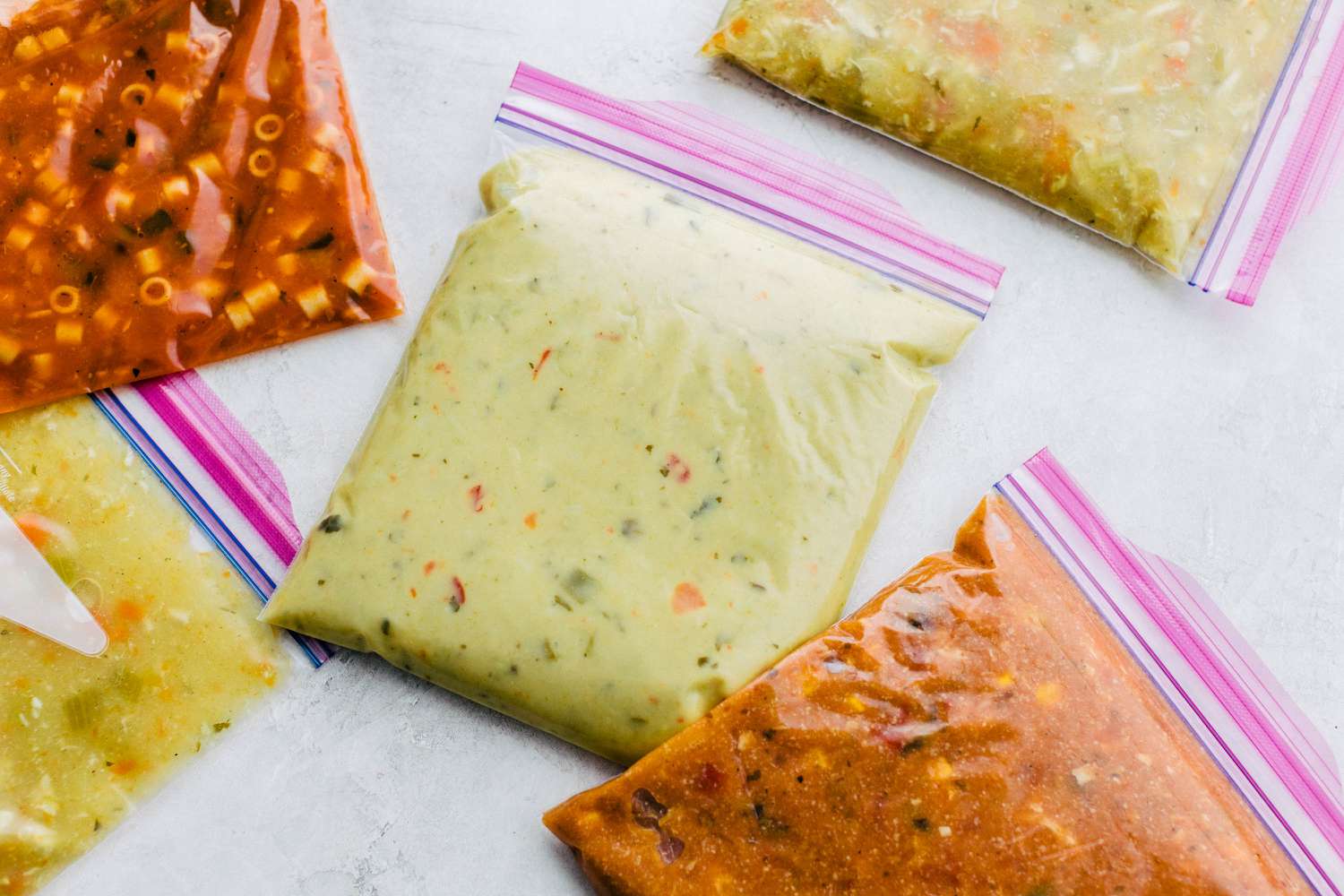

Articles
How To Store Soup In The Freezer
Modified: February 27, 2024
Learn how to store soup in the freezer with these helpful articles. Find tips and tricks to keep your soup fresh and flavorful, even when frozen.
(Many of the links in this article redirect to a specific reviewed product. Your purchase of these products through affiliate links helps to generate commission for Storables.com, at no extra cost. Learn more)
Introduction
Welcome to the world of freezer storage! There’s nothing quite like a warm bowl of soup on a chilly day, but what happens when you find yourself with too much soup to consume in one sitting? Freezing soup is a fantastic solution that allows you to enjoy your favorite homemade soups at a later date without sacrificing taste or quality.
In this article, we will guide you through the process of storing soup in the freezer. We’ll discuss the benefits of freezing soup, the importance of choosing the right containers, how to properly prepare and label your soup for freezing, as well as tips for thawing and reheating your frozen soup. By the end of this article, you’ll be equipped with all the knowledge you need to become a soup storage expert!
So, let’s dive in and discover the wonderful world of freezer storage for your beloved soups.
Key Takeaways:
- Freezing soup preserves freshness, saves time, and reduces food waste. Choose airtight, freezer-safe containers, label properly, and follow thawing and reheating guidelines for optimal results.
- Optimize soup storage with portioned containers, organized labeling, and ingredient quality. Rotate stock, keep an inventory, and enjoy convenient, delicious homemade soups anytime.
Read more: How To Store Soup In Freezer
Benefits of Freezing Soup
Freezing soup offers a multitude of benefits that make it a convenient and practical method of storing your homemade creations. Here are some of the key advantages:
- Preserves Freshness: Freezing soup helps to preserve its freshness and flavor. By sealing the soup in airtight containers and freezing it, you can significantly extend its shelf life. This means you can enjoy a delicious bowl of soup even weeks or months after it was made.
- Convenient Portions: When you freeze your soup, you have the opportunity to portion it out into individual servings or smaller containers. This makes it incredibly convenient to thaw and enjoy whenever you’re in the mood for a quick and satisfying meal. It also eliminates the need to defrost and reheat an entire pot of soup if you only want a small portion.
- Time-Saving: By freezing soup, you save valuable time in the kitchen. Instead of spending hours making fresh soup each time you crave it, you can simply defrost and reheat the frozen soup. This is especially beneficial for busy individuals or families who want to enjoy homemade meals without the lengthy preparation process.
- Reduces Food Waste: Freezing soup allows you to reduce food waste by preserving leftovers. Instead of letting excess soup go to waste, you can freeze it and enjoy it later. This not only saves money but also minimizes the environmental impact of food waste.
- Diversifies Your Menu: Freezing soup allows you to diversify your menu and have a variety of soup options readily available. By preparing different soups and freezing them, you can create a selection of flavors to suit different moods and cravings. This adds versatility to your meal planning and ensures that you always have a delicious and satisfying option on hand.
These benefits demonstrate the value of freezing soup as a storage method. Not only does it help preserve the taste and quality of your homemade soups, but it also provides convenience, saves time, reduces waste, and adds variety to your meals. Now that you’re aware of the advantages, let’s move on to discussing the proper containers to use for freezing your soup.
Choosing the Right Containers
When it comes to freezing soup, selecting the appropriate containers is essential to ensure the best results. Here are a few key factors to consider when choosing the right containers for freezing your soup:
- Airtightness: It’s crucial to choose containers that provide airtight seals. This prevents air from entering the container and causing freezer burn, which can negatively impact the taste and texture of the soup. Look for containers with secure lids or covers that create a tight seal.
- Freezer-Safe: Ensure that the containers you choose are specifically labeled as freezer-safe. Some containers may not be designed to withstand the freezing temperatures and could crack or break when frozen. Always check the packaging or label to confirm that the containers are suitable for freezing.
- Size and Portion Control: Consider your portion control needs when selecting containers. If you prefer individual servings, opt for smaller containers that hold one serving each. If you prefer to freeze larger quantities, choose larger containers. It’s also helpful to have a variety of container sizes to accommodate different portion sizes and flexibility in your meal planning.
- Stackability: Look for containers that are stackable. This allows you to maximize your freezer space and easily organize your frozen soups. Stackable containers also prevent the contents from getting squished or crushed, ensuring that your soups maintain their desired consistency and texture.
- Material: Consider the material of the containers. Plastic containers are a popular choice due to their durability and affordability. However, make sure they are BPA-free and food-grade quality. Glass containers are another option, as they are freezer-safe and provide a visually appealing way to store and reheat soups. Whichever material you choose, ensure that it is safe for freezer use and can withstand the temperature changes.
By paying attention to these factors, you can select the perfect containers for freezing your soup. Airtightness, freezer-safe design, appropriate size, stackability, and material are all key considerations that will help maintain the quality and flavor of your soups. Once you have chosen the right containers, it’s time to prepare your soup for freezing, which we’ll discuss in the next section.
Preparing Soup for Freezing
Before you can freeze your soup, it’s important to properly prepare it to ensure the best results. Here are some key steps to follow when preparing your soup for freezing:
- Cool the Soup: Allow your soup to cool completely before transferring it to the freezer containers. This prevents condensation from forming in the containers and helps maintain the quality of the soup.
- Portion Control: Decide on the portion sizes you want to freeze. If you prefer individual servings, ladle the soup into smaller containers. For larger portions, use appropriately sized containers. Remember to leave some headspace in the containers to allow for expansion during freezing.
- Labeling: Properly label each container with the name of the soup and the date it was prepared. This will help you keep track of your frozen soup inventory and ensure that you use the oldest batches first.
- Remove Excess Air: To prevent freezer burn and maintain the quality of your soup, it’s important to remove as much air as possible from the containers. One way to do this is by using vacuum-sealed bags. Alternatively, you can press plastic wrap directly onto the surface of the soup before sealing the container.
- Freezer-Safe Containers: Transfer the cooled soup into the chosen freezer-safe containers. Leave a little space at the top of the containers to allow for expansion during freezing. Seal the containers tightly to ensure they are airtight and prevent any leakage or contamination.
By following these steps, you can properly prepare your soup for freezing and ensure that it maintains its quality and flavor. Cooling the soup, portioning it out, labeling the containers, removing excess air, and using freezer-safe containers are all crucial steps in the preparation process. Now that your soup is ready for freezing, let’s move on to the next section to learn how to label your soup containers correctly.
Properly Labeling Soup Containers
Properly labeling your soup containers is an important step in storing soup in the freezer. Clear and informative labels ensure that you can easily identify and track your frozen soups. Here are some tips for effectively labeling your soup containers:
- Name of Soup: Clearly state the name of the soup on each container. This will prevent any confusion when you later thaw and reheat your soups. If you have multiple batches or flavors of soup, this step is especially important.
- Date Prepared: Note the date you prepared the soup on each container. This is crucial for maintaining freshness and ensuring that you use the oldest batches first. It will also help you keep track of how long each batch has been frozen.
- Ingredients and Allergens: If there are specific ingredients or allergens in your soup, it can be helpful to list them on the container. This is particularly important if you have any dietary restrictions or if you’re sharing the soup with others who may have allergies or intolerances.
- Instructions: Consider adding reheating instructions on the label. This will save you time down the road when you’re ready to enjoy your soup. Include information such as recommended thawing methods and heating times to ensure the best results.
- Containers: If you’re using reusable containers, be sure to label the containers themselves rather than just the lids. This way, even if the lids are switched around, you will still know the contents of each container.
When labeling your soup containers, use a waterproof marker or pen to prevent smudging or fading. It’s also a good idea to place the labels on the front or top of the containers for easy visibility. Additionally, if you’re using reusable containers, consider using removable labels or masking tape so that you can update the labels as needed.
Properly labeling your soup containers ensures that you can easily identify and track your frozen soups. It allows for efficient meal planning, ensures the freshness of your soups, and helps prevent any confusion or waste. With your soup containers properly labeled, it’s time to move on to the next section to learn how to freeze your soup successfully.
To store soup in the freezer, allow it to cool completely, then transfer it to airtight containers or resealable freezer bags. Leave some room for expansion, label with the date, and store flat to save space.
Read more: How Long Is Soup Good In The Freezer
Freezing Soup
Now that your soup is prepared and properly labeled, it’s time to freeze it. Follow these steps to ensure a successful freezing process:
- Cool Soup Completely: Make sure your soup is cooled down to room temperature or refrigerator temperature before transferring it to the freezer. This helps prevent the formation of ice crystals and maintains the integrity of the soup.
- Choose Freezer-Safe Containers: Transfer your soup into freezer-safe containers, making sure they are airtight and leak-proof. Plastic containers and freezer bags are popular options. Leave some headspace in the containers to allow for expansion during freezing.
- Seal the Containers: Ensure that the containers are tightly sealed to prevent any air or moisture from entering. This will help maintain the quality and prevent freezer burn.
- Arrange Containers in the Freezer: Place the filled soup containers in a single layer in the freezer. Avoid overcrowding and allow space between containers for proper air circulation. If you’re freezing soups in bags, lay them flat to maximize the storage space.
- Freeze Rapidly: To preserve the texture and quality of your soup, it’s best to freeze it as quickly as possible. You can achieve this by placing the containers in the coldest part of your freezer or by chilling the soup in the refrigerator before transferring it to the freezer.
Now that your soup is properly stored in the freezer, it’s essential to know how to thaw and reheat it correctly to maintain its taste and quality. We’ll cover that in the next section.
Remember, frozen soup can typically be stored for around 3-4 months, although some soups may last longer. Be sure to check the individual ingredients and use your best judgment when determining the shelf life of your soups.
Now that your soup is successfully frozen, let’s move on to the next section and discover the proper techniques for thawing and reheating your frozen soup.
Thawing and Reheating Soup
When it comes to enjoying your frozen soup, proper thawing and reheating are essential to ensure the best taste and quality. Follow these steps to thaw and reheat your frozen soup:
- Thawing in the Refrigerator: The safest and recommended method of thawing soup is in the refrigerator. Simply transfer the frozen soup container from the freezer to the refrigerator and allow it to thaw slowly overnight or for several hours. This gradual thawing helps maintain the texture and flavor of the soup.
- Thawing in Cold Water: If you’re short on time, you can use the cold water thawing method. Place the frozen soup container in a leak-proof plastic bag and submerge it in a bowl of cold water. Change the water every 30 minutes until the soup is thawed. Avoid using warm water as it can promote bacterial growth.
- Reheating on the Stovetop: Once your soup is thawed, it can be reheated on the stovetop. Pour the soup into a pot and heat it over medium-low heat, stirring occasionally, until it reaches a desired temperature. Be careful not to heat the soup too quickly to prevent scorching or uneven heating.
- Reheating in the Microwave: If you’re looking for a quick reheating method, you can use the microwave. Transfer the thawed soup into a microwave-safe container and heat it in intervals, stirring in between, until it’s heated through. Be sure to follow the microwave manufacturer’s guidelines for reheating soups.
- Ensure Soup is Heated to Safe Temperature: Regardless of the reheating method, make sure your soup is heated to a safe internal temperature of 165°F (74°C) before consuming. This helps ensure that any potential bacteria or pathogens are eliminated.
During the reheating process, you may find that the texture of some ingredients has changed slightly. Stirring the soup gently while reheating can help distribute the heat evenly and maintain a consistent texture. You can also add a splash of water or broth if the soup appears too thick after thawing.
Remember to handle thawed and reheated soup with care, just as you would with any leftovers. Avoid leaving it out at room temperature for extended periods and refrigerate any leftovers promptly.
Now that you know how to thaw and reheat your frozen soup, let’s move on to some additional tips for storing soup in the freezer, ensuring its best quality.
Tips for Storing Soup in the Freezer
To make the most of your frozen soup storage, consider these helpful tips that will ensure the best quality and experience:
- Use Freezer-Safe Bags: If you prefer to freeze your soup in bags, use high-quality freezer-safe bags that are specifically designed for freezing food. They take up less space and allow for efficient storage.
- Properly Portion Soup: When freezing soup into individual portions, consider using silicone muffin cups or ice cube trays. Once the soup is frozen, transfer the portions into a freezer bag for easy access and quick defrosting.
- Remove Excess Air: To prevent freezer burn, it’s important to remove as much air as possible from containers or bags before freezing. Squeeze out any excess air from bags or use a vacuum sealer for airtight storage.
- Organize and Label: Keep your freezer organized by grouping similar soups together and labeling them accordingly. This will make it easier to locate specific soups and keep track of their freshness.
- Don’t Refreeze Thawed Soup: Once you’ve thawed and reheated your soup, it’s best not to refreeze any leftovers. Repeated freezing and thawing can affect the quality and safety of the soup.
- Use Quality Ingredients: The quality of your frozen soup is dependent on the quality of the ingredients used. Always use fresh and high-quality ingredients to ensure the best flavor and texture in your soups.
- Date Your Soups: To keep track of how long your soups have been frozen, label each container with the date of preparation. Use the oldest soups first to prevent any spoilage.
- Consider Freezing Stocks and Broths: If you regularly use stocks and broths in your cooking, consider freezing them in ice cube trays or freezer bags. This way, you can easily portion out smaller quantities when needed, saving time and reducing waste.
- Rotate Your Stock: Regularly rotate your frozen soup stock by using the oldest batches first. This ensures that you consume your soups before they reach their expiration date.
- Keep an Inventory: Maintain a freezer inventory or list of the soups you have frozen and their quantities. This will help you keep track of what you have on hand and prevent overstocking.
By following these tips, you can optimize your soup storage in the freezer and enjoy delicious homemade soups whenever you desire. Remember to always prioritize food safety and quality when freezing and storing soups.
Now that you’re armed with all the knowledge and tips for storing soup in the freezer, it’s time to start preserving your favorite soup creations and ensuring that you never miss out on a comforting bowl of soup again!
Conclusion
Storing soup in the freezer is a practical and convenient way to preserve your homemade creations and enjoy them at a later date. By following the proper techniques and guidelines, you can ensure that your frozen soups maintain their flavor, freshness, and quality.
In this article, we’ve explored the benefits of freezing soup, the importance of choosing the right containers, how to properly prepare and label your soup for freezing, as well as tips for thawing and reheating your frozen soup. By understanding these concepts and implementing them in your soup storage routine, you can ensure that your frozen soups are always ready to be enjoyed.
Remember to cool your soup before freezing, choose airtight and freezer-safe containers, properly label each container with the name and date of the soup, and remove excess air to prevent freezer burn. When it’s time to enjoy your frozen soup, make sure to thaw it slowly and safely, and reheating it to a safe temperature before consuming.
To optimize your soup storage, consider using portioned containers, organizing and labeling your soups, and rotating your stock to prevent any spoilage. Keep track of your frozen soups through an inventory system and prioritize using the oldest batches first to ensure that nothing goes to waste.
From preserving leftover soups to diversifying your menu, freezing soup opens up a world of possibilities for quick, convenient, and delicious meals. So, don’t hesitate to whip up big batches of your favorite soups and stock your freezer with comforting meals that are ready to be enjoyed whenever you desire.
Now that you’re equipped with the knowledge and tips for storing soup in the freezer, it’s time to embark on your freezer storage journey. Enjoy the convenience, variety, and savings that come with freezing soup, and never let a bowl of homemade goodness go to waste again.
Frequently Asked Questions about How To Store Soup In The Freezer
Was this page helpful?
At Storables.com, we guarantee accurate and reliable information. Our content, validated by Expert Board Contributors, is crafted following stringent Editorial Policies. We're committed to providing you with well-researched, expert-backed insights for all your informational needs.
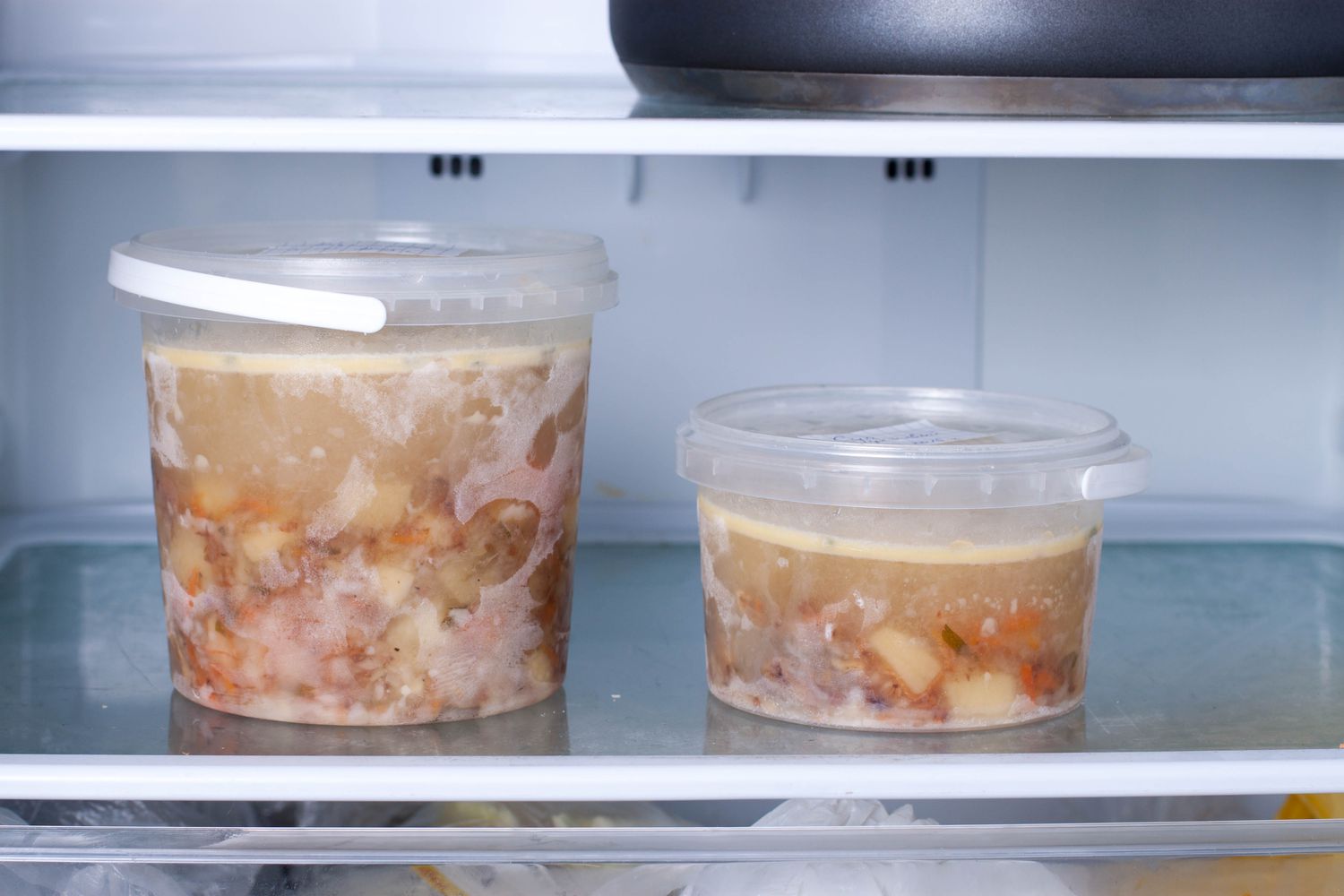
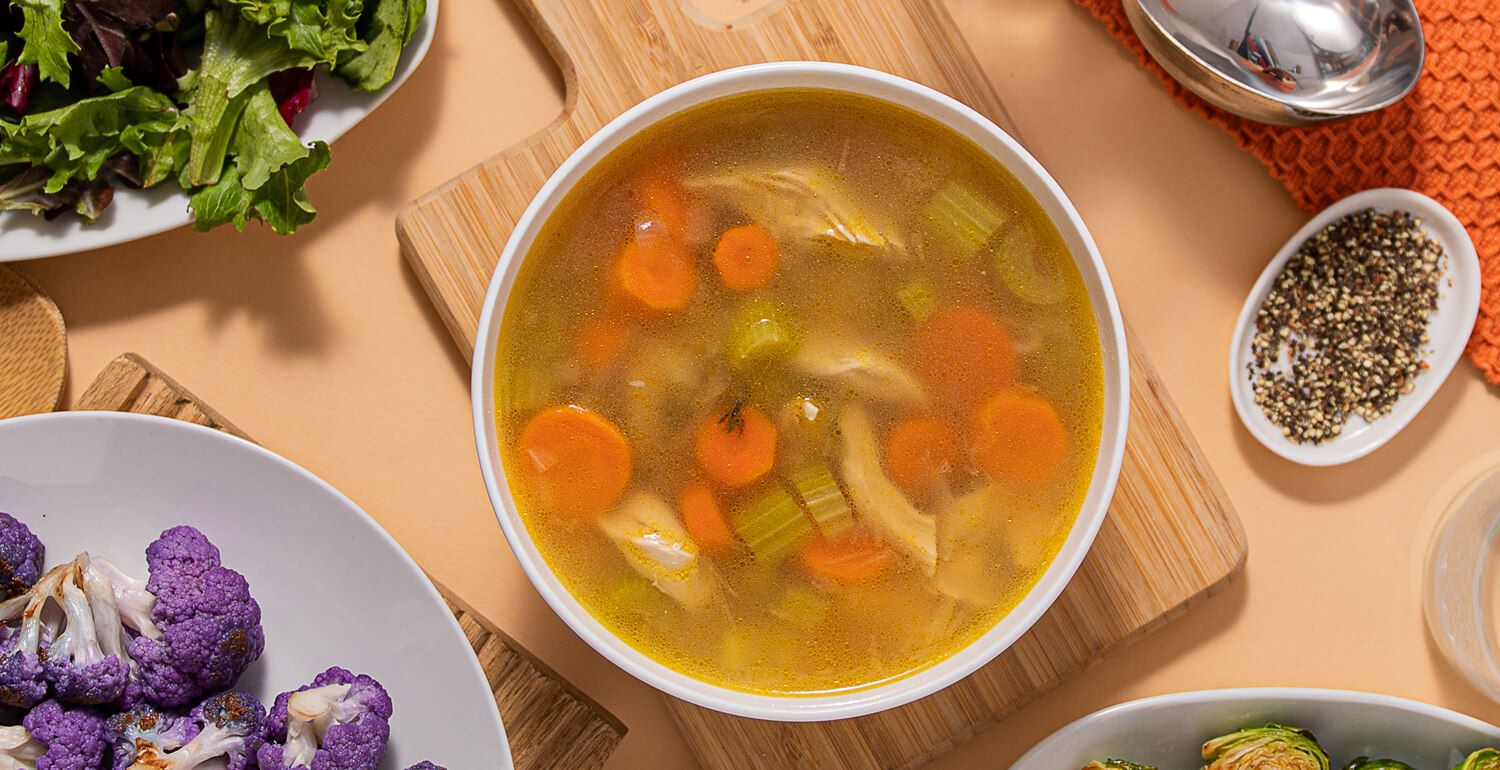

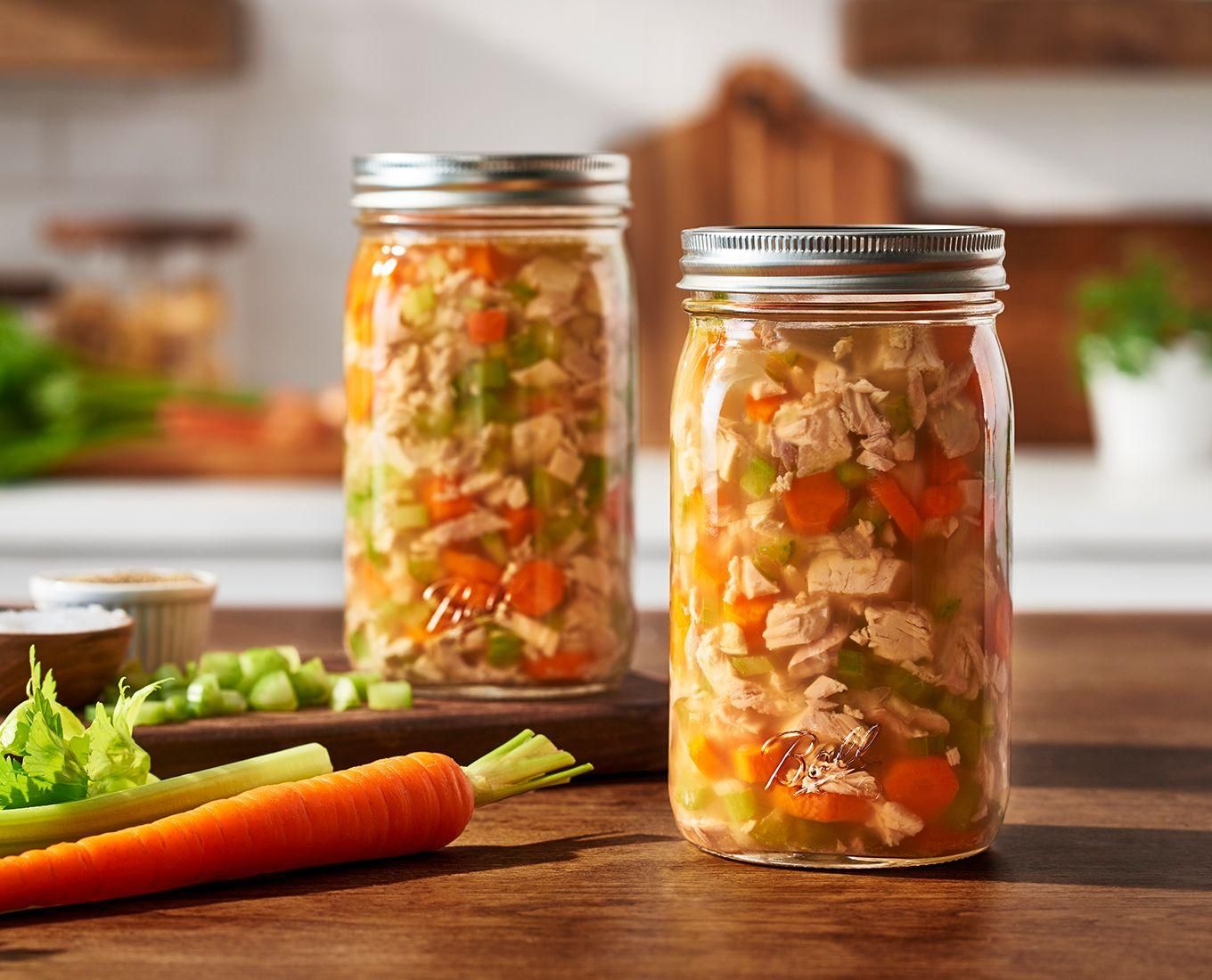
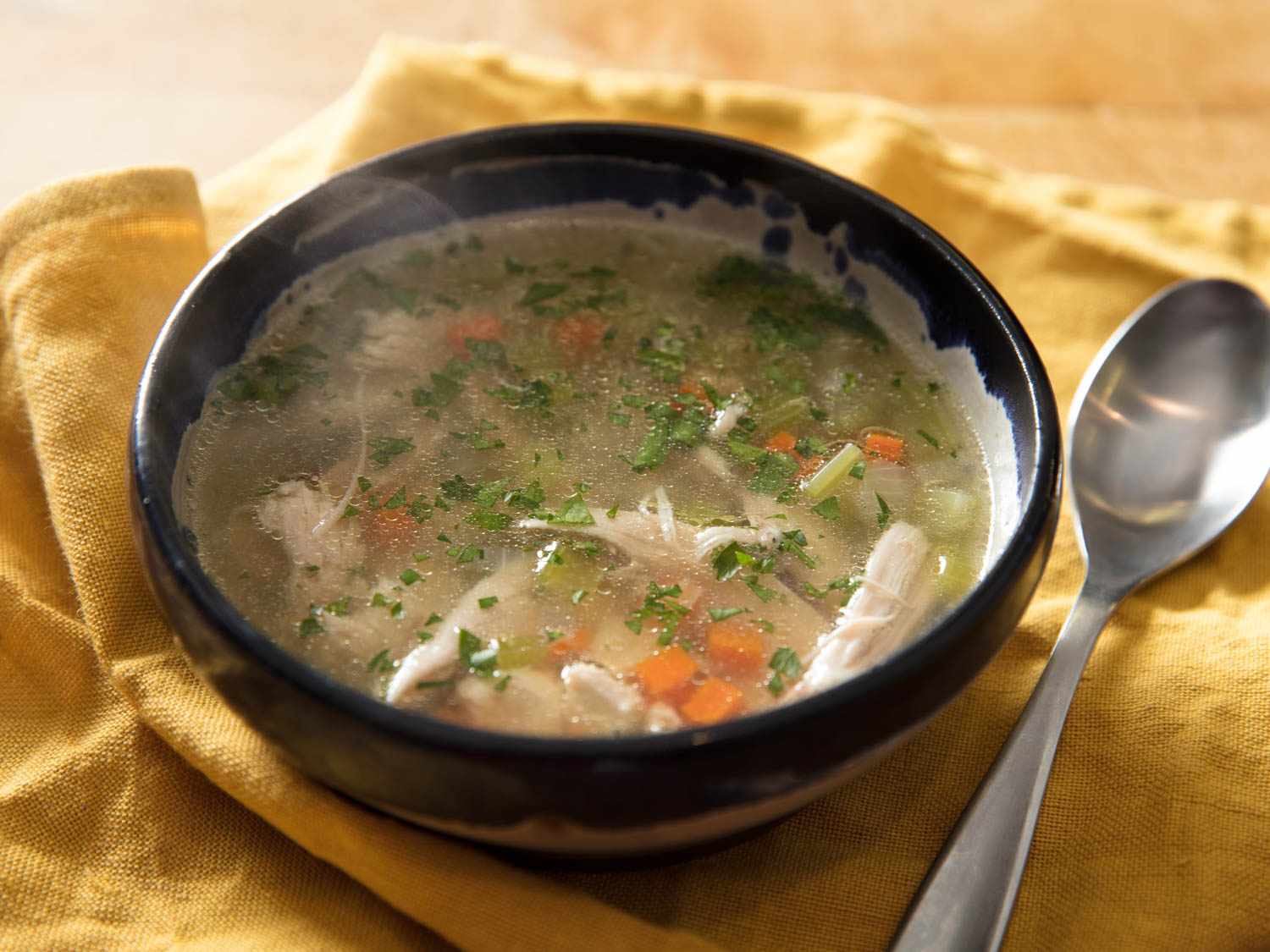
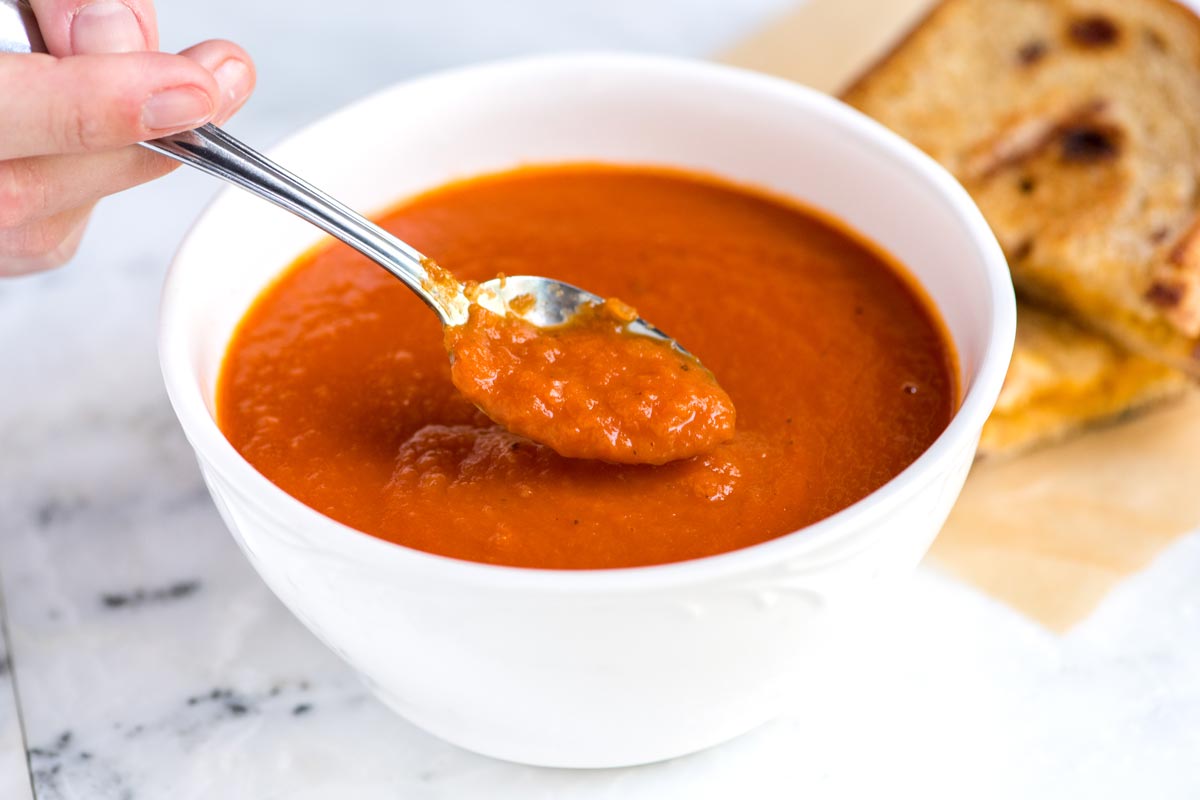
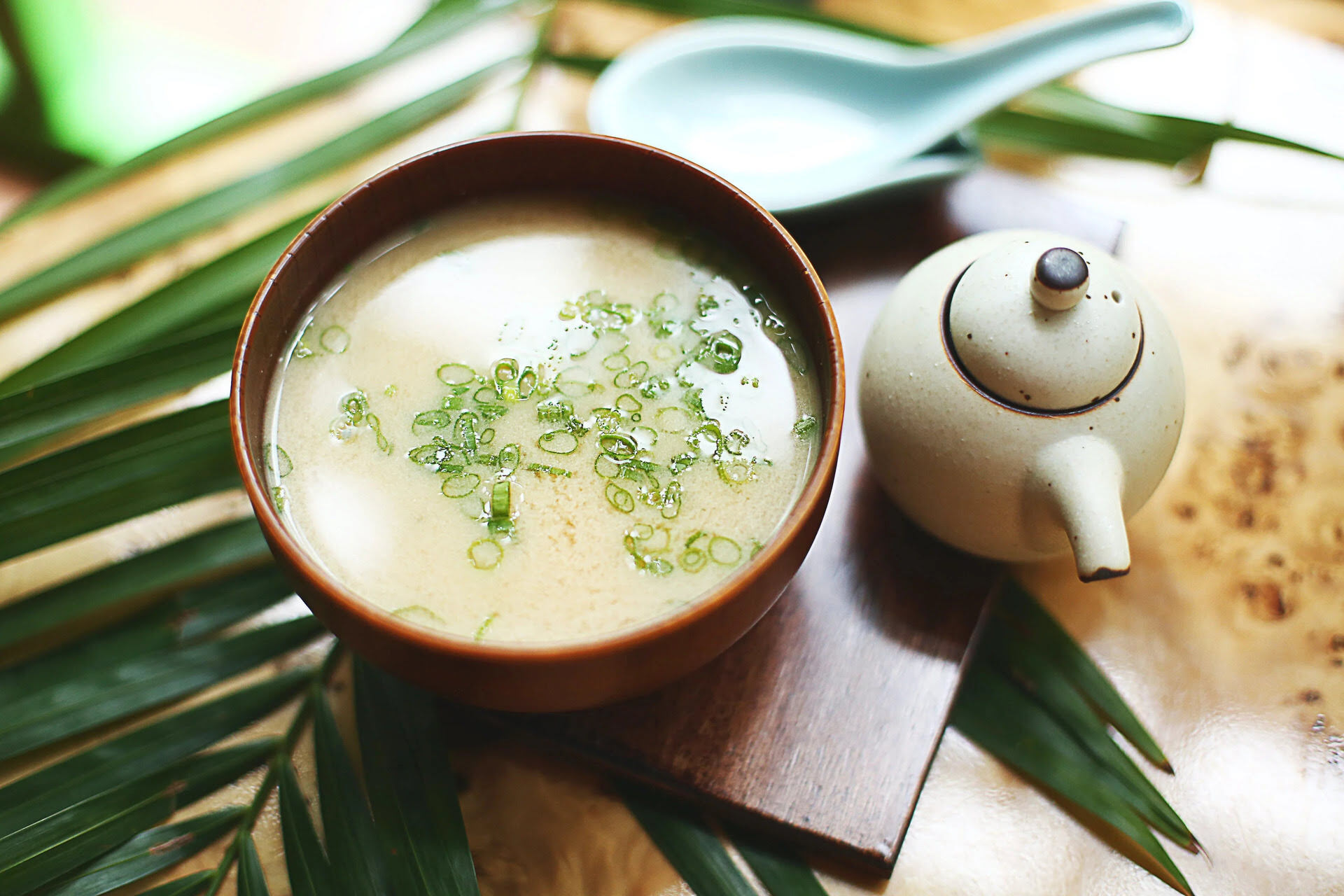
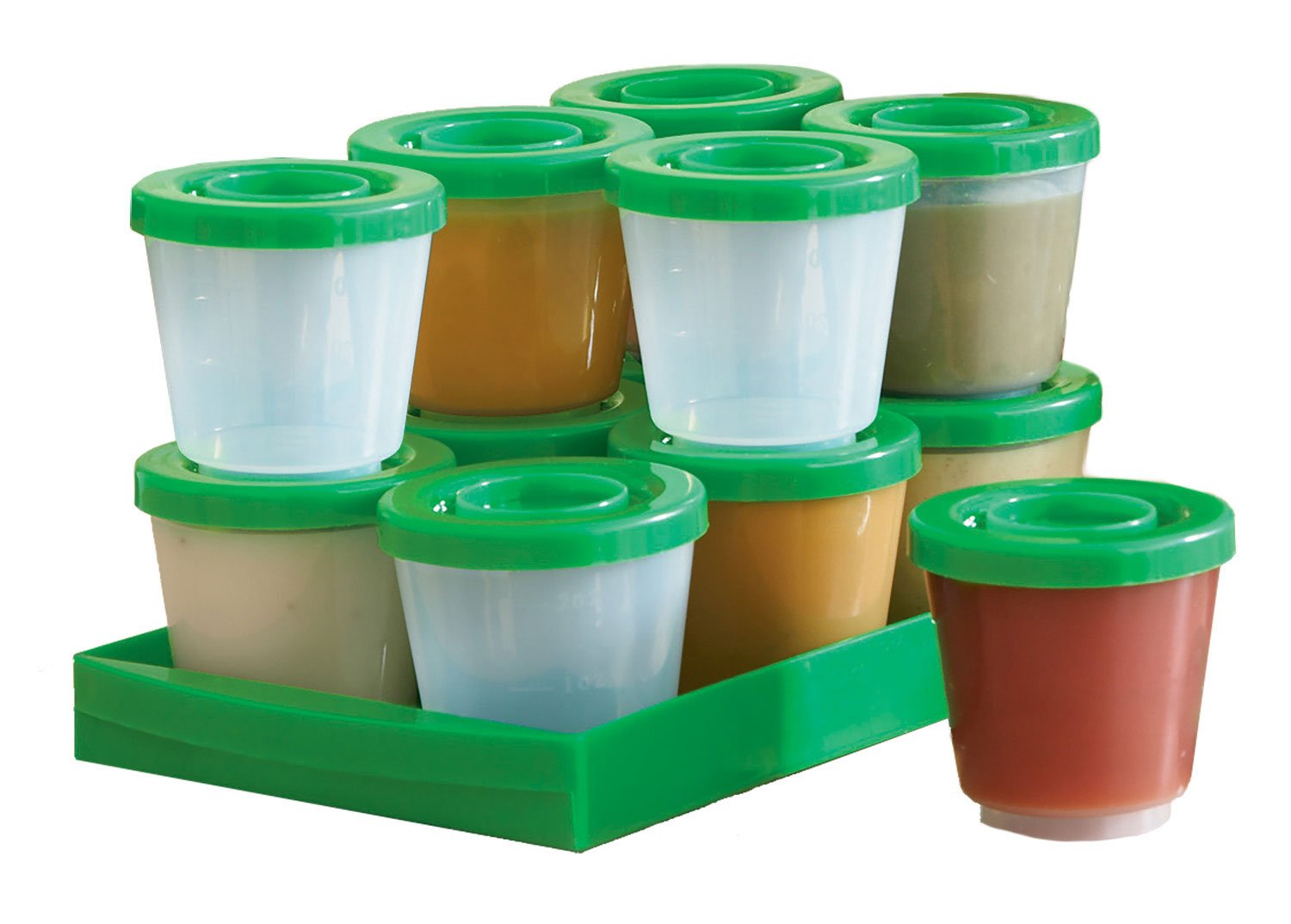
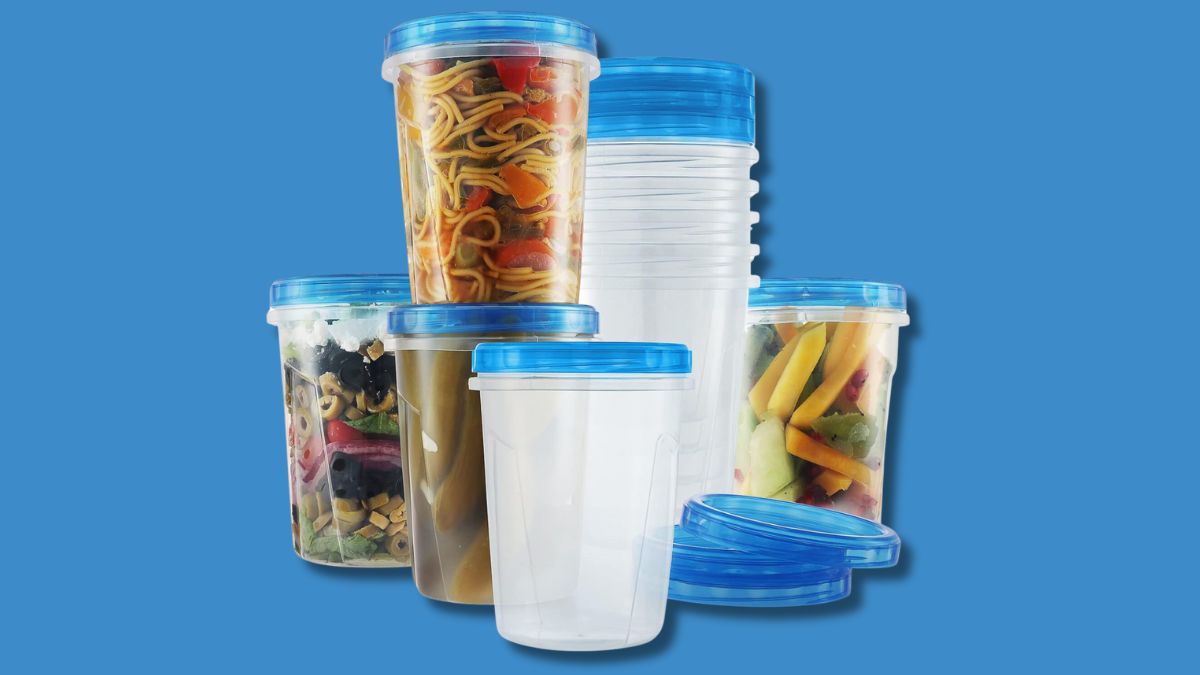

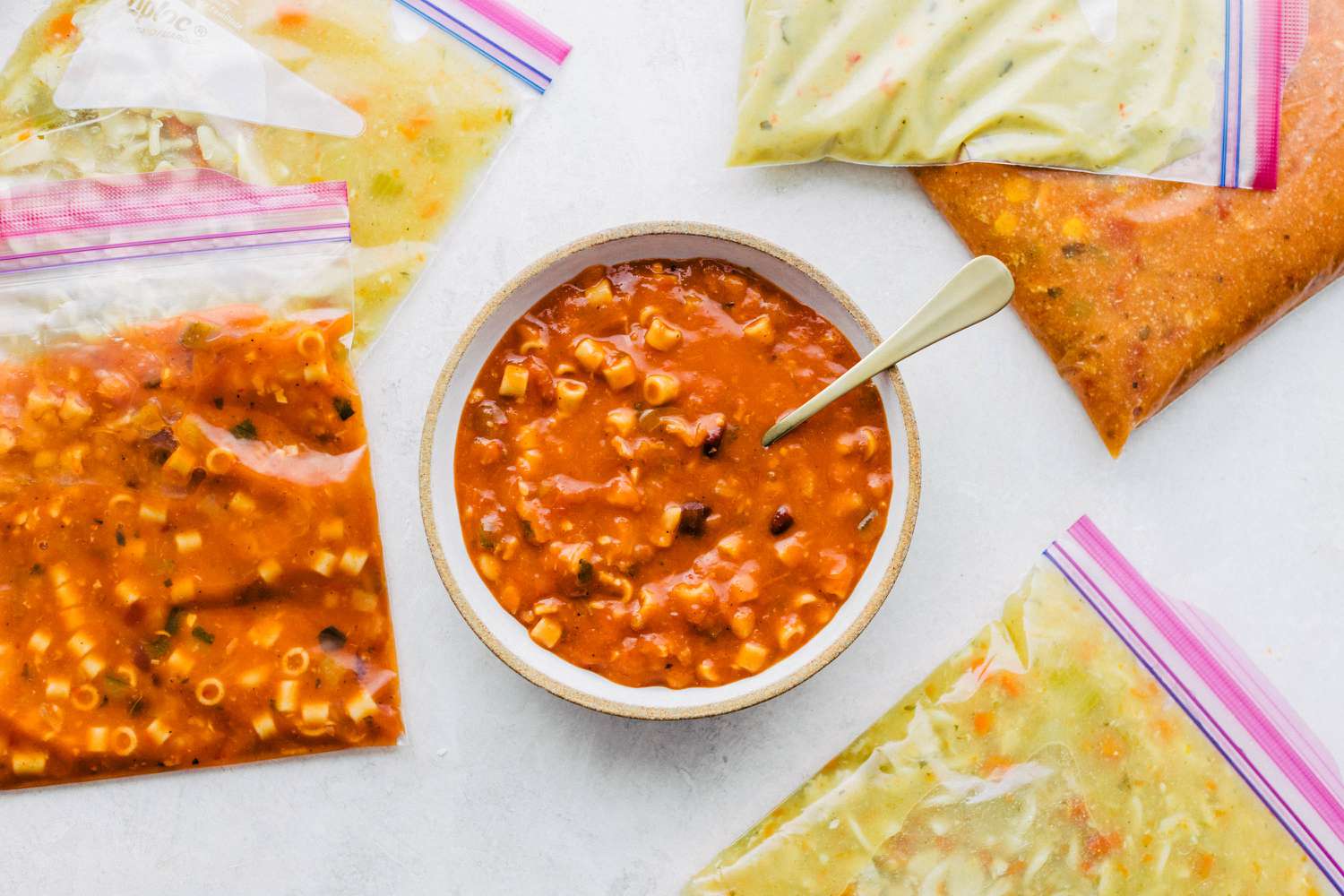

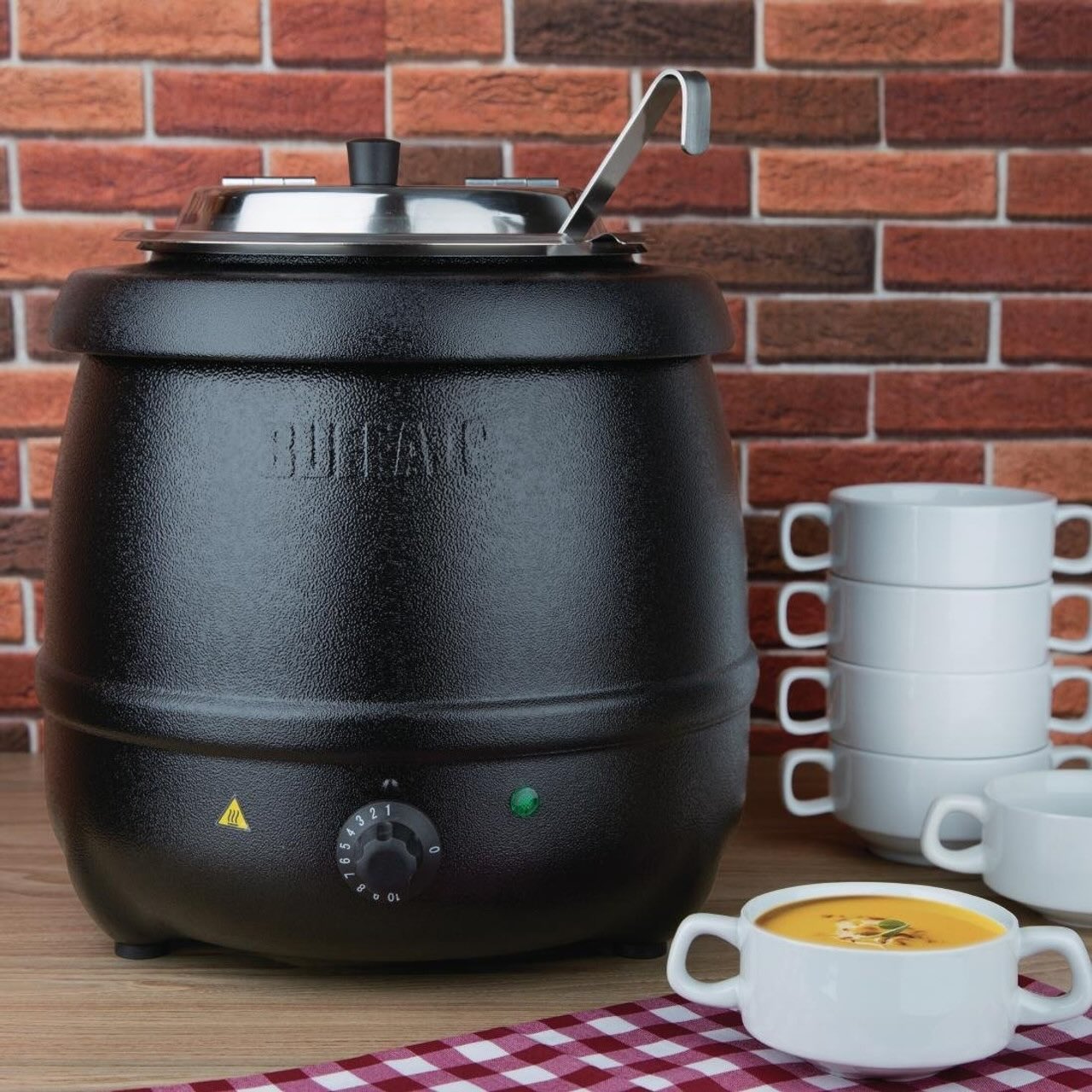
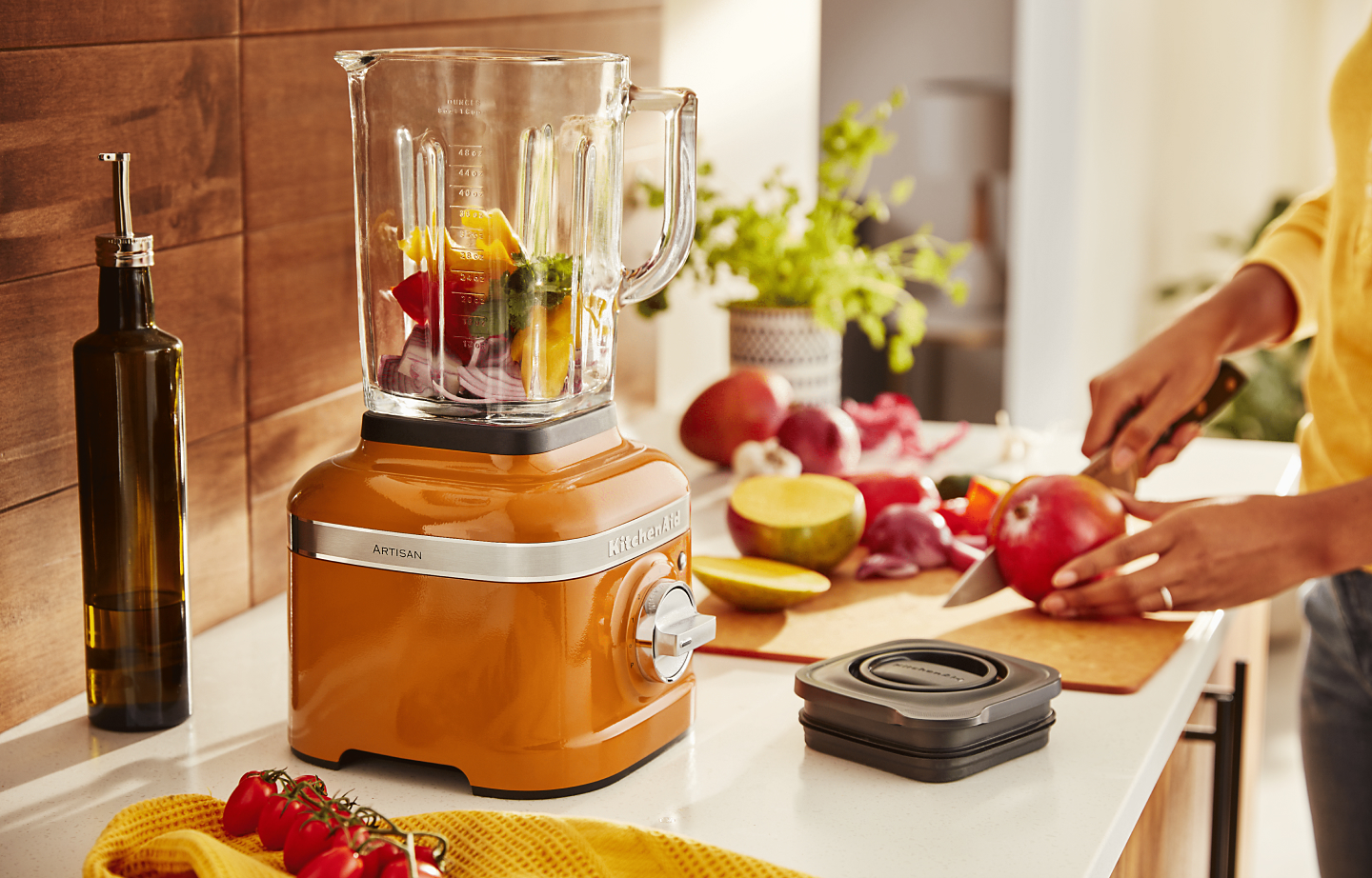

0 thoughts on “How To Store Soup In The Freezer”